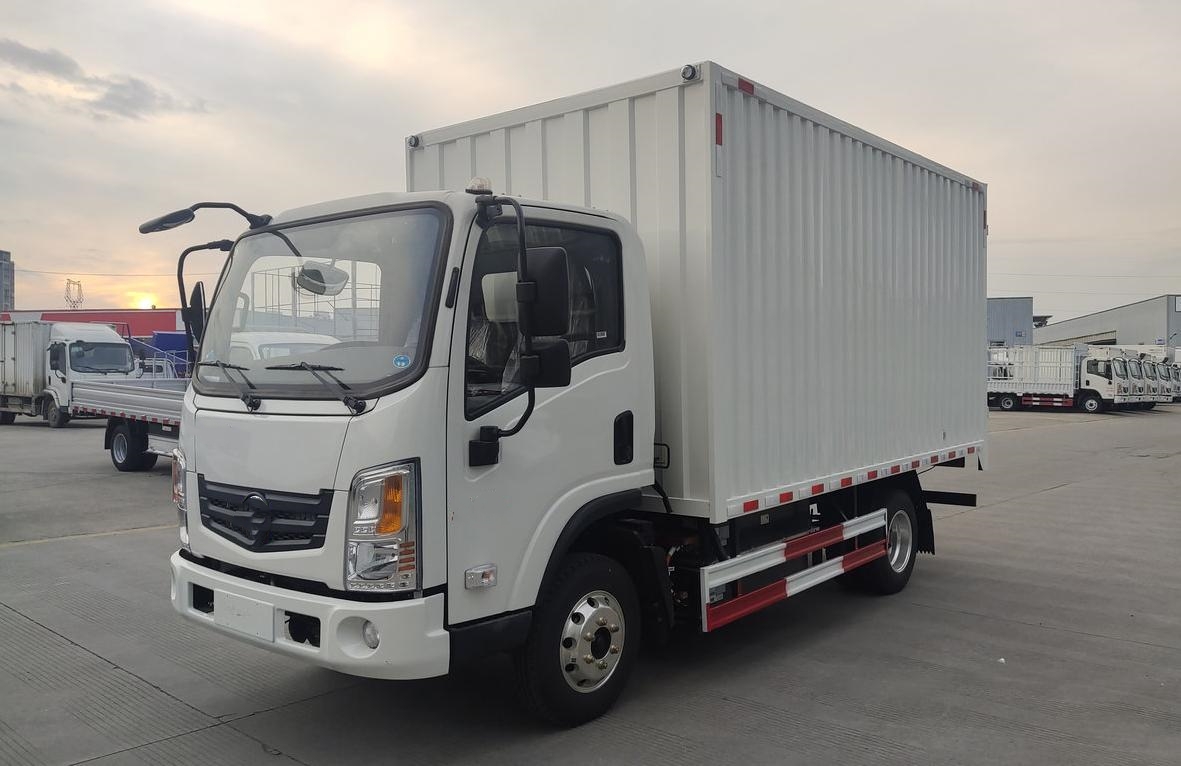Electric Truck News
What are the layout forms of pure electric vehicles?
Posted on by Electric Trucks
In the realm of pure electric vehicles, the layout forms play a crucial role in determining the vehicle’s performance, efektyvumą, and overall driving experience. These layout forms encompass three main aspects: battery pack layout, motor layout, and electric control system layout. Each of these elements is carefully designed and optimized to meet different requirements and to take full advantage of the unique characteristics of electric propulsion.
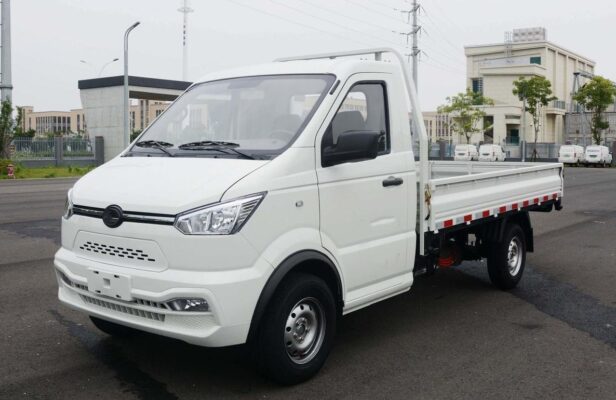
What are the forms of battery pack layout?
Centralized Layout
The centralized layout of the battery pack is a commonly employed form in pure electric vehicles. In this configuration, all battery components are concentrated together. One of the typical locations for this layout is at the bottom of the vehicle. Placing the battery pack at the bottom offers several advantages. Pirma, it significantly contributes to the vehicle’s stability and balance. By having a large mass concentrated low in the vehicle’s chassis, the center of gravity is lowered. This lower center of gravity reduces the likelihood of the vehicle tipping over during sharp turns or maneuvers. It also enhances the vehicle’s handling characteristics, making it more responsive to the driver’s inputs.
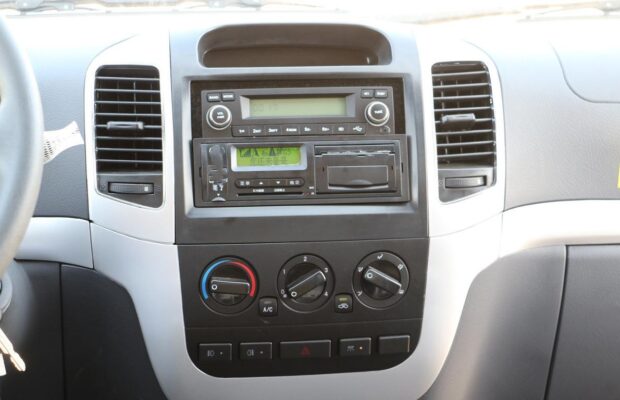
Be to, this layout is convenient for installation and maintenance. Technicians can easily access the entire battery pack in one location. This simplifies the process of battery replacement or any necessary repairs. It also allows for more straightforward integration with the vehicle’s overall structure. For example, in some designs, the battery pack can be pre – assembled as a single unit and then installed into the vehicle during the manufacturing process.
Another possible location for the centralized battery pack layout is at the bottom of the trunk. This placement can be advantageous in terms of space utilization. It allows for a more compact design of the vehicle’s powertrain components in other areas. However, it may also have some implications for trunk space, which needs to be carefully considered in the vehicle’s overall design.
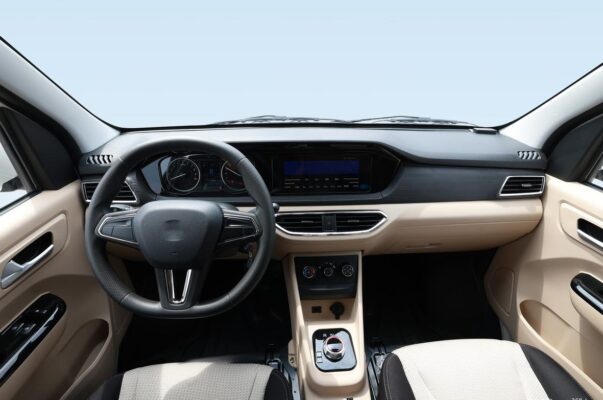
Decentralized Layout
The decentralized layout of the battery pack presents an alternative approach. In this layout, the battery pack is dispersed at different positions of the vehicle. One common way is to place battery components between the front and rear axles or at various locations along the vehicle’s underbody. This distribution has its own set of benefits.

Improving the vehicle’s emission balance is one of the key advantages. Since the battery mass is spread out, it can help in achieving a more even distribution of weight across the vehicle. This can lead to better handling and traction, especially in different driving conditions. For example, during acceleration or braking, a more balanced weight distribution can prevent excessive load on either the front or rear wheels, resulting in more stable and efficient vehicle dynamics.
In addition, the decentralized layout can enhance power distribution. Different parts of the battery pack can be wired to supply power to specific components or systems more directly. This can reduce power losses during transmission and ensure that each part of the vehicle receives the appropriate amount of power when needed. For instance, in a four – wheel – drive electric vehicle, the decentralized battery layout can be designed to supply power more efficiently to each individual motor at the wheels.
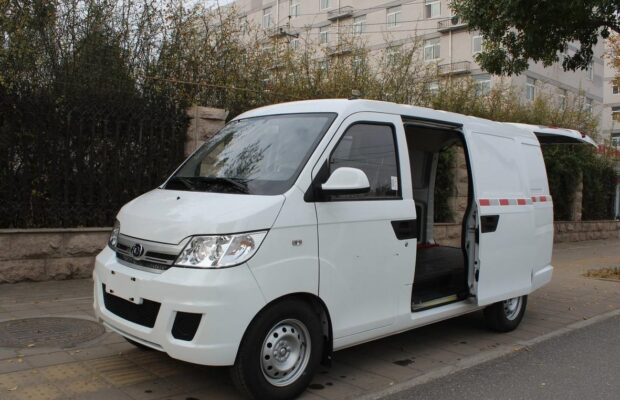
What are the forms of motor layout?
Front – Wheel – Drive Layout
The front – wheel – drive layout in pure electric vehicles places the motor at the front axle of the vehicle. This layout has several notable characteristics. One of the main advantages is its ability to provide good starting and acceleration performance. When the motor is located at the front axle, it can directly apply torque to the front wheels. This direct power application can result in quick and efficient acceleration from a standstill. It is especially beneficial in urban driving scenarios where frequent stops and starts are common.
The front – wheel – drive layout also has implications for the vehicle’s interior space. Since the motor is located at the front, it can free up space in the rear of the vehicle. This can be utilized for additional passenger or cargo space, making the vehicle more practical for daily use. Be to, from a manufacturing and cost – effectiveness perspective, a front – wheel – drive layout can be simpler and more cost – efficient to produce, as it often requires fewer components compared to some other layouts.
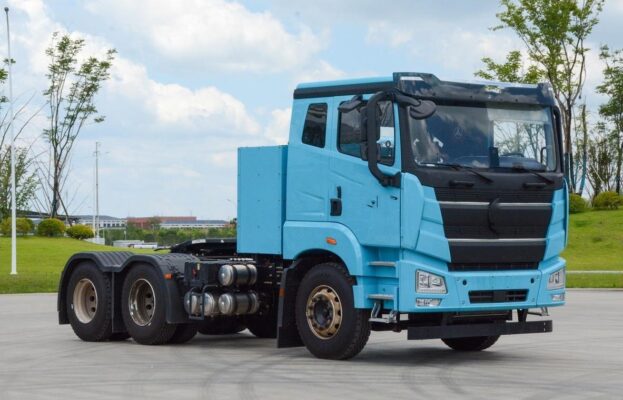
Rear – Wheel – Drive Layout
In the rear – wheel – drive layout, the motor is placed at the rear axle of the vehicle. This layout offers several performance – related benefits. One of the most significant is its contribution to better handling performance and driving stability. By having the power applied to the rear wheels, the vehicle can achieve a more balanced distribution of forces during cornering. The rear – wheel – drive layout allows for a more natural and predictable handling behavior, which is highly desirable for driving enthusiasts.
During acceleration, the rear – wheel – drive layout can also provide a more engaging driving experience. The weight transfer to the rear wheels during acceleration can enhance traction, allowing for more efficient power transfer and a more dynamic driving feel. Be to, in some high – performance pure electric vehicles, the rear – wheel – drive layout can be combined with advanced suspension and chassis tuning to optimize the vehicle’s overall performance on the road or track.
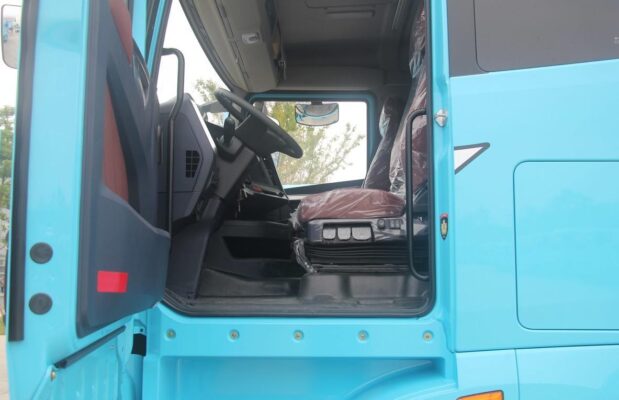
Four – Wheel – Drive Layout
The four – wheel – drive layout in pure electric vehicles involves the use of two or more motors arranged simultaneously to achieve four – wheel drive. This layout combines the advantages of both the front – wheel – drive and rear – wheel – drive layouts. It provides excellent passing performance, especially in challenging road conditions such as slippery surfaces or off – road terrains.
In a four – wheel – drive pure electric vehicle, each motor can be controlled independently. This allows for precise power distribution to each wheel, maximizing traction and stability. For example, during cornering, the electric control system can adjust the power output to the outer wheels to enhance the vehicle’s turning ability while maintaining stability. In off – road situations, the four – wheel – drive layout can ensure that all wheels receive sufficient power to overcome obstacles and maintain forward momentum.
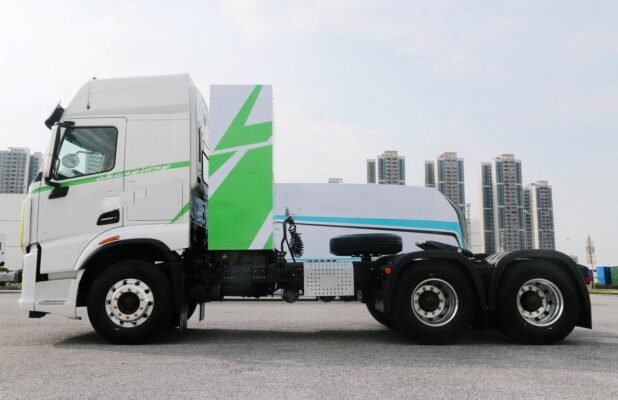
What are the forms of electric control system layout?
The layout form of the electric control system in pure electric vehicles is relatively simple, yet crucial for the vehicle’s proper functioning. Usually, it is located at the bottom of the vehicle or between the front and rear axles of the vehicle.
When located at the bottom of the vehicle, the electric control system can benefit from the relatively cool air flow beneath the vehicle. This helps in heat dissipation, which is essential as the electric control system generates heat during operation. Efficient heat dissipation ensures that the components within the electric control system operate within their optimal temperature ranges, preventing overheating and potential damage.
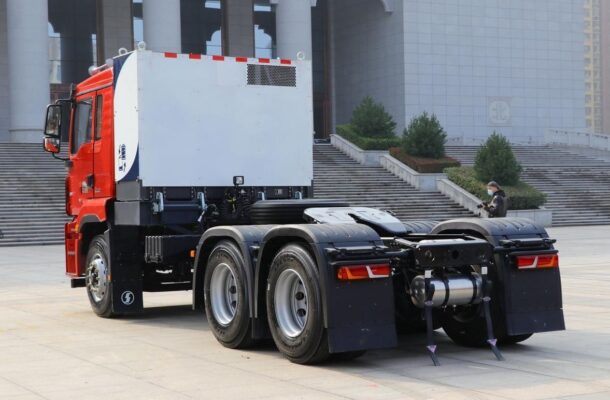
Placing the electric control system between the front and rear axles can also be advantageous. This location can minimize the influence on the vehicle’s aerodynamics. A streamlined vehicle body is important for reducing air resistance, which in turn improves the vehicle’s energy efficiency and range. By having the electric control system in this location, it can be integrated into the overall design of the vehicle in a way that does not disrupt the aerodynamic profile.
The electric control system mainly includes functions such as controlling the power supply of the battery pack, managing the battery charging and discharging, and controlling the operation of the motor. It serves as the “brain” of the vehicle’s electric powertrain, coordinating the flow of electrical energy between different components.
What are the advantages of these layout forms?
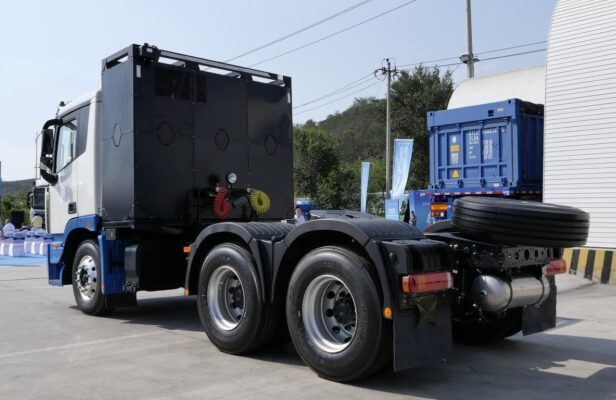
Advantages of Battery Pack Layouts
As mentioned earlier, the centralized battery pack layout improves vehicle stability and balance. This is not only important for safety but also for the overall driving experience. A stable vehicle is more comfortable to drive and less likely to experience handling issues. The convenience of installation and maintenance also translates into cost – savings over the vehicle’s lifespan. It allows for easier diagnosis and repair of battery – related issues, reducing downtime.
The decentralized battery pack layout’s advantage in emission balance is significant for vehicle performance. A balanced weight distribution helps in optimizing the vehicle’s handling, especially at high speeds or during complex maneuvers. The improved power distribution can lead to more efficient use of the battery’s energy, potentially increasing the vehicle’s range.
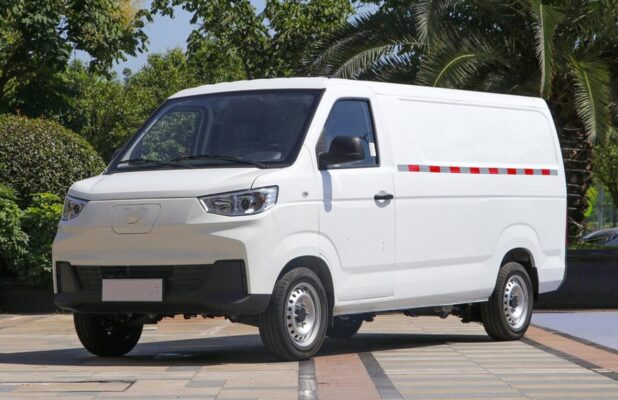
Advantages of Motor Layouts
The front – wheel – drive layout’s good starting and acceleration performance make it suitable for a wide range of driving conditions, from city traffic to highway merging. The space – saving aspect in the rear of the vehicle adds to its practicality for everyday use, accommodating passengers and cargo more effectively.
The rear – wheel – drive layout’s handling performance and driving stability are highly valued in performance – oriented vehicles. It provides a more engaging driving experience, appealing to those who enjoy a more dynamic driving style. The enhanced traction during acceleration also contributes to overall performance.
The four – wheel – drive layout’s passing performance is a major advantage, especially in adverse weather or road conditions. It offers the driver more confidence and safety, whether on slippery roads or in off – road adventures. The independent control of each motor allows for maximum traction and stability, making it a versatile option.
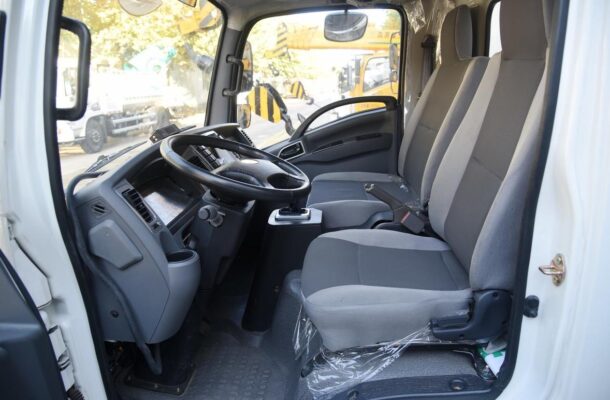
Advantages of Electric Control System Layout
The reasonable position of the electric control system layout, whether at the bottom of the vehicle or between the front and rear axles, ensures that it has the least influence on the vehicle’s aerodynamics. This is crucial for maintaining energy efficiency and maximizing the vehicle’s range. The ease of heat dissipation in these locations helps in prolonging the life of the electric control system components, reducing the likelihood of component failures and associated repair costs.
Apibendrinant, the layout forms of pure electric vehicles are diverse, and each has its own set of advantages. These layouts are carefully designed and optimized to meet different performance, efektyvumą, and practicality requirements. Manufacturers can select the most appropriate layout combinations according to the specific needs of the vehicle, whether it is focused on urban commuting, long – distance travel, high – performance driving, or off – road capabilities. This flexibility in layout design is one of the factors contributing to the growing popularity and versatility of pure electric vehicles in the automotive market.
